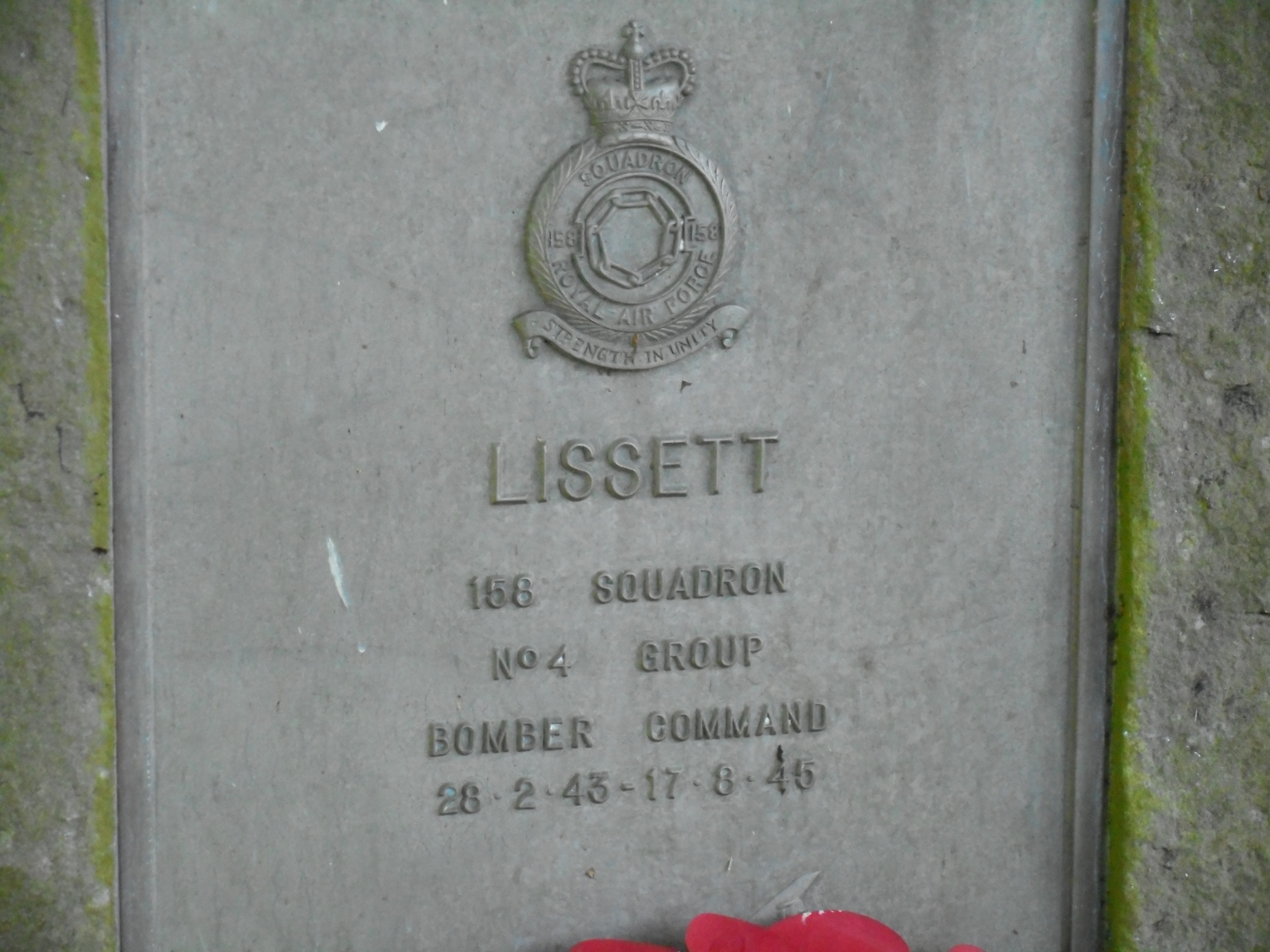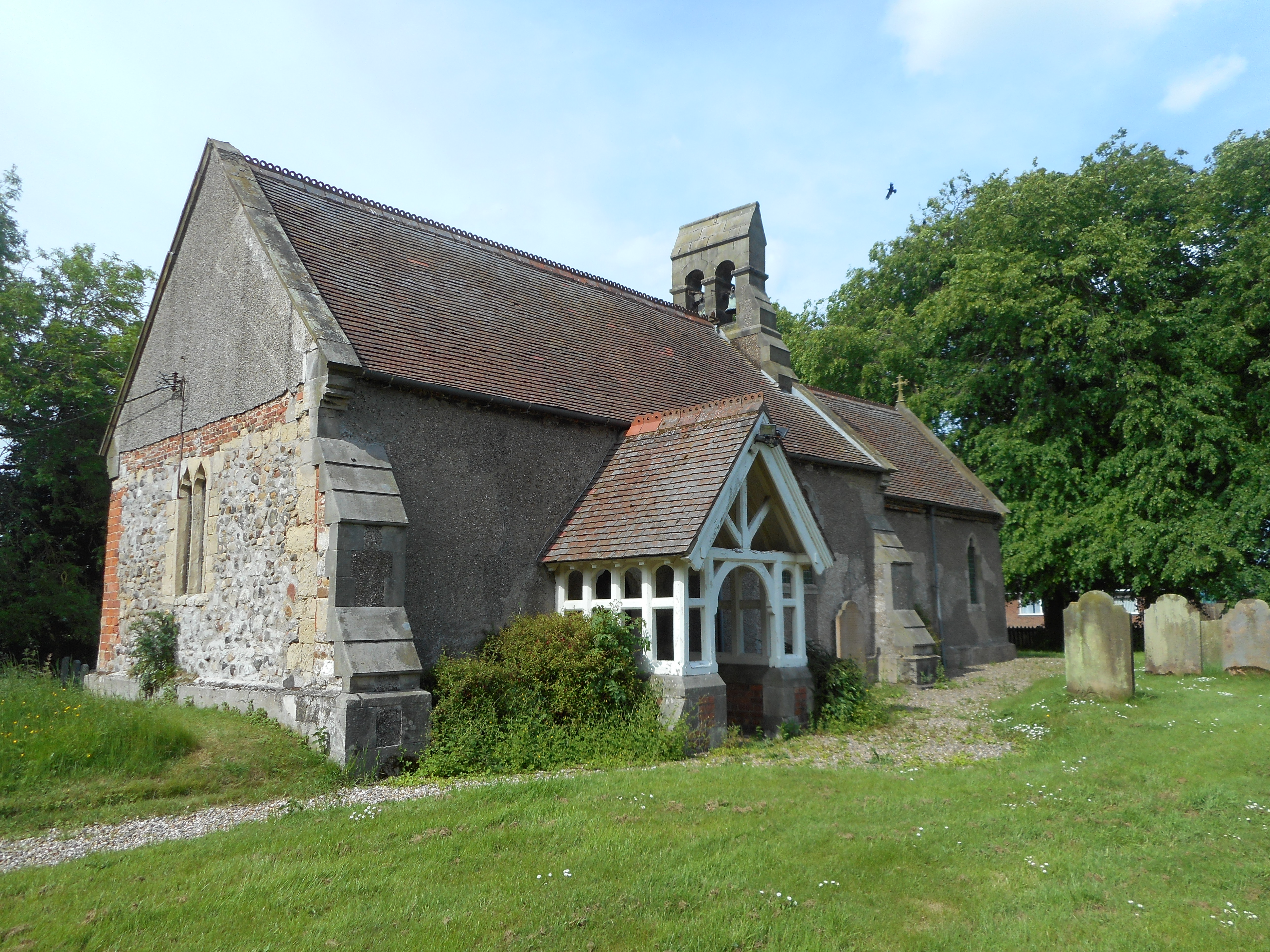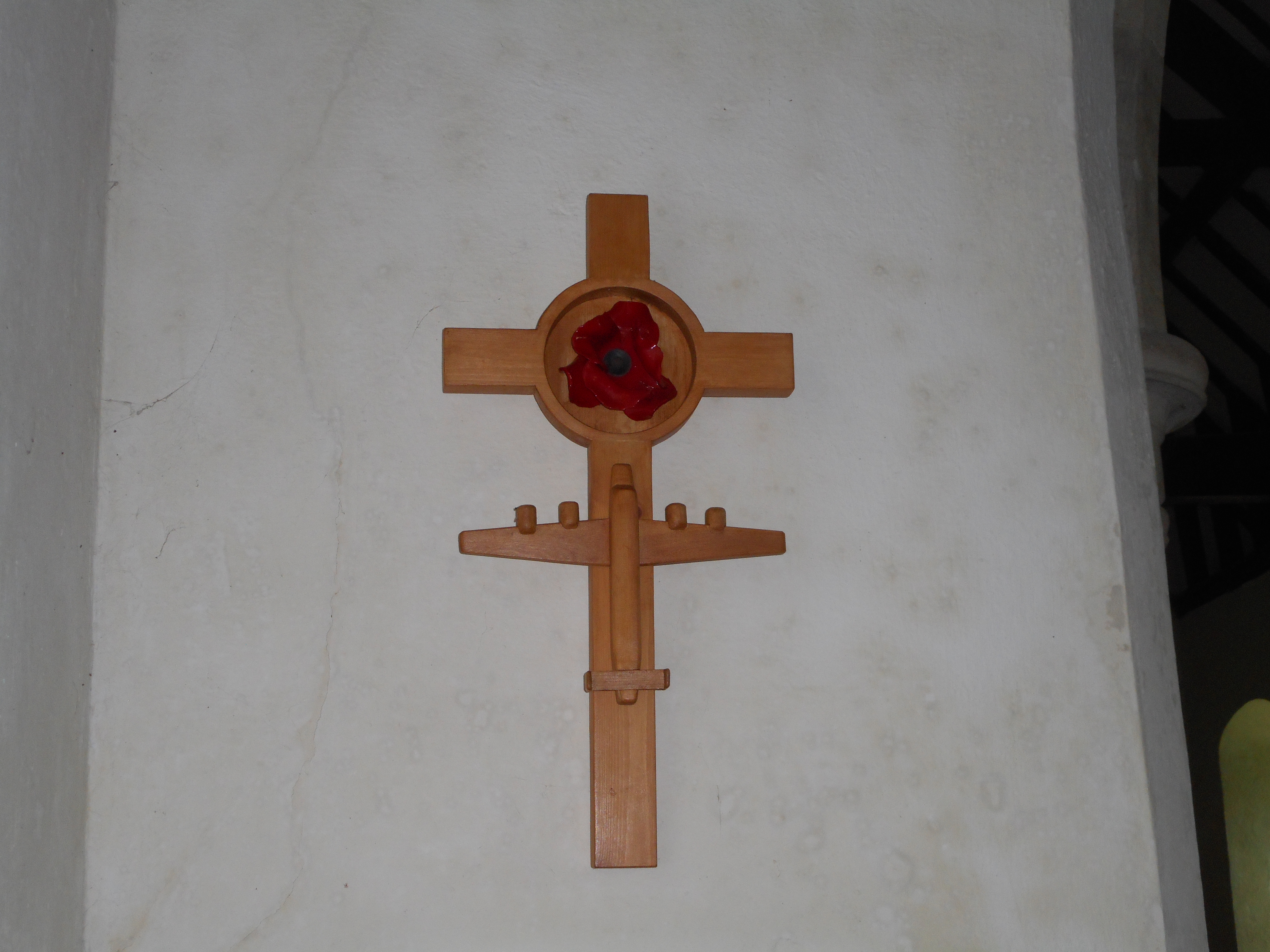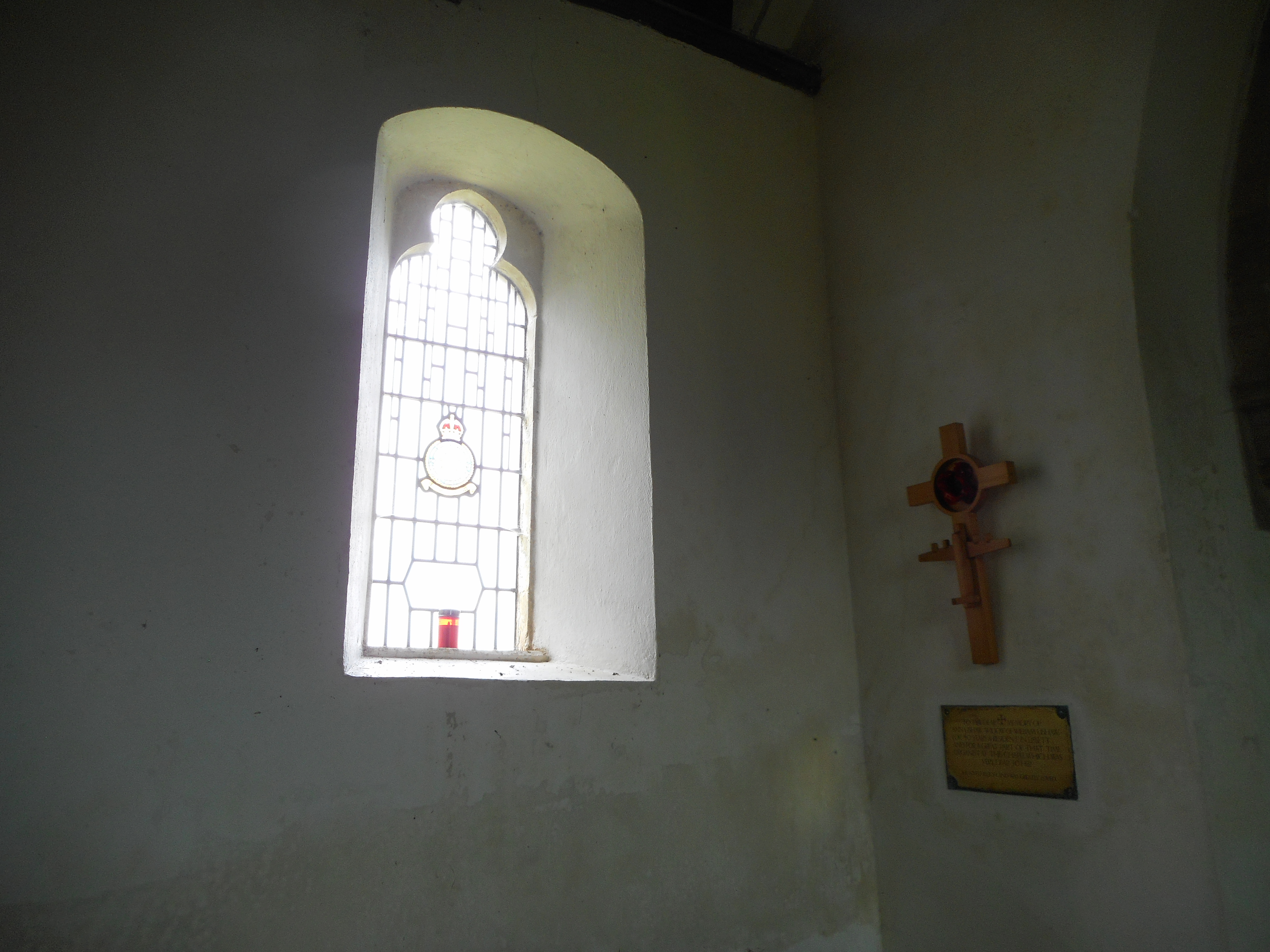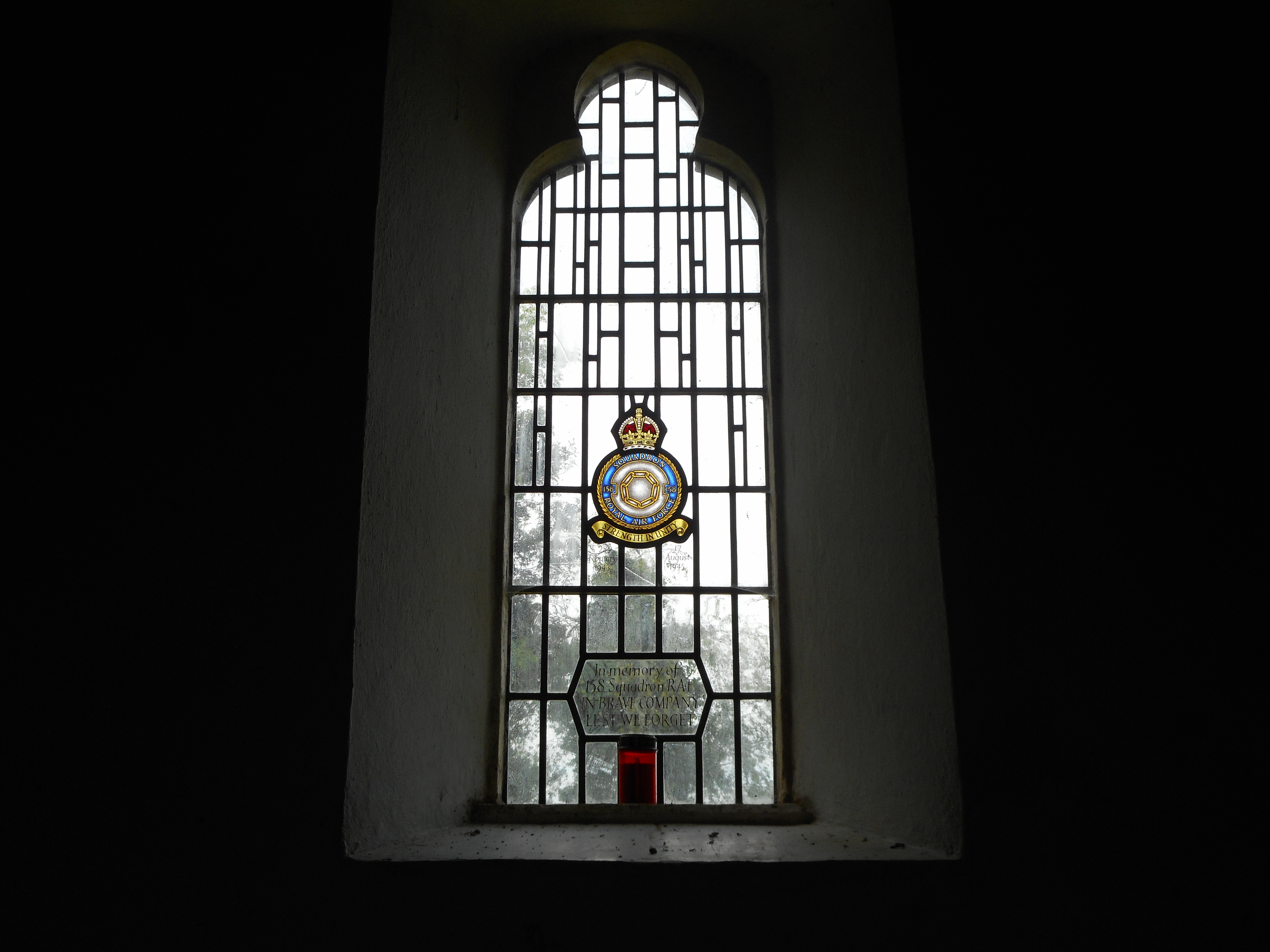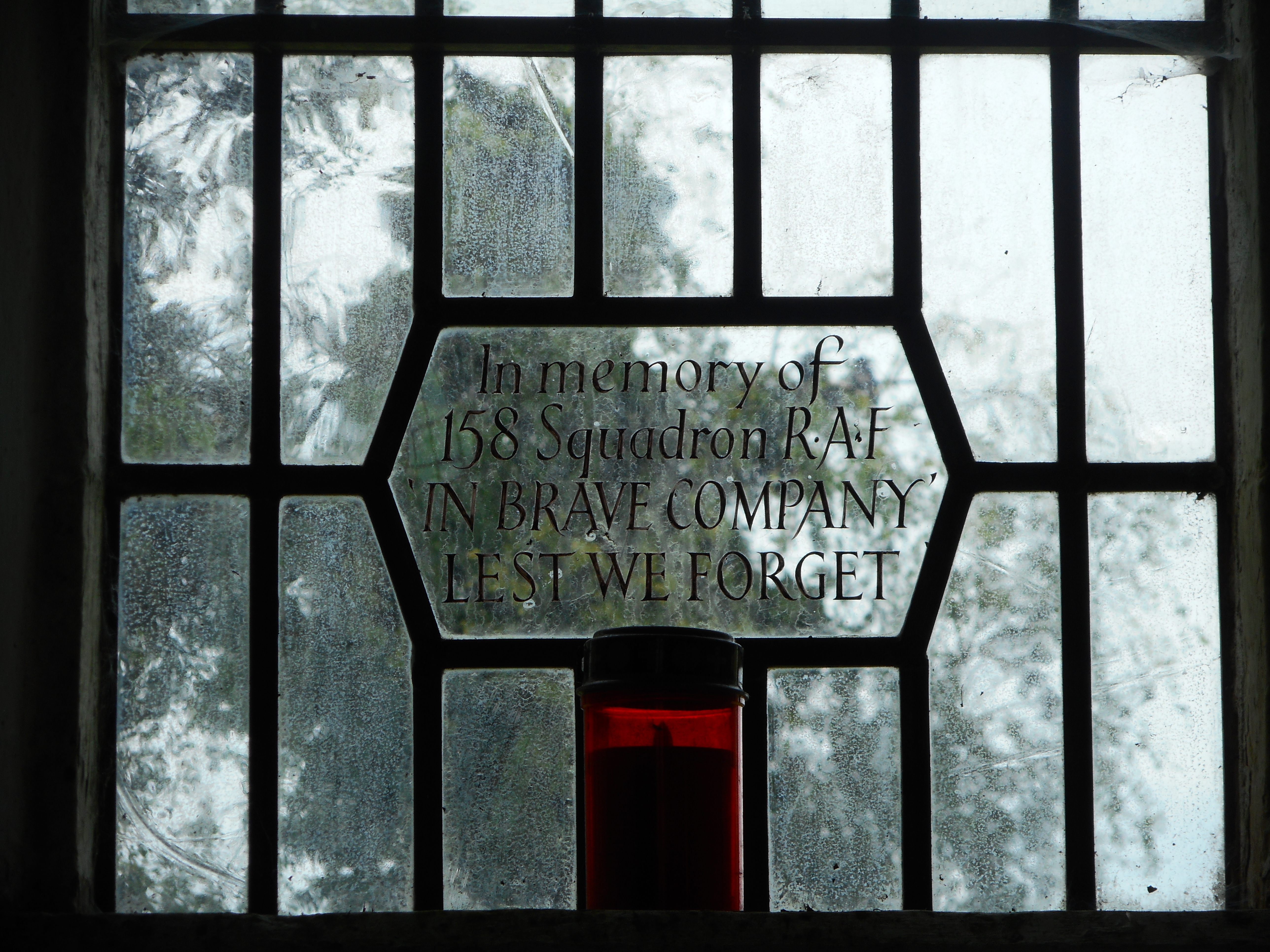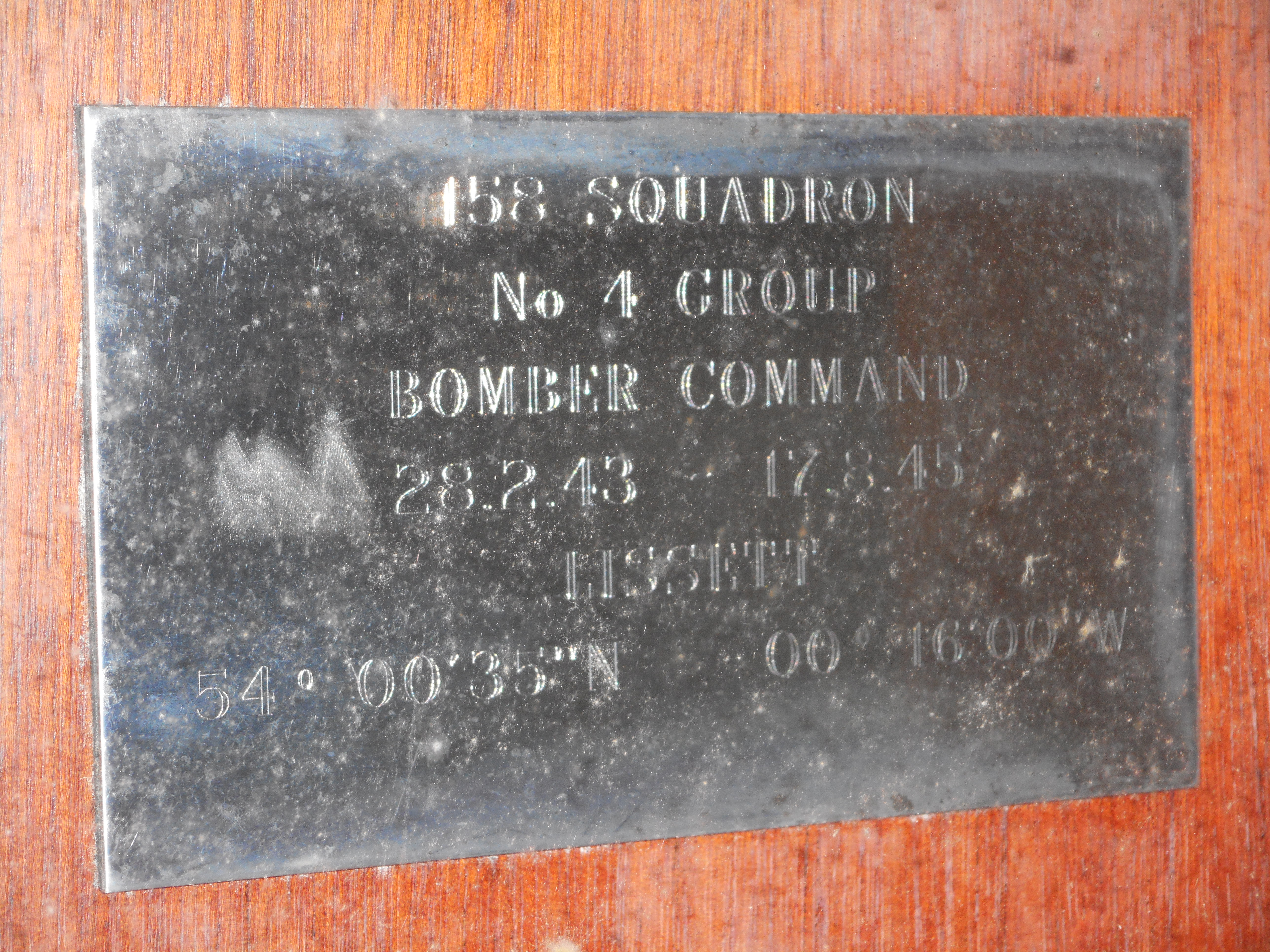Greenway, John Kinnaird
Personal Information
| Rank | F/O |
| Forename(s) | John Kinnaird |
| Surname | Greenway |
| Gender | M |
| Age | 23 |
| Date of Death | 03-06-1944 |
| Next of Kin | Son of Thomas Charles Greenway and Elsie Greenway (née Haselden), of Saskatoon, Saskatchewan, Canada. |
Aircraft Information
| Aircraft | Handley Page Halifax III |
| Serial Number | LK875 |
| Markings | NP-Q |
Memorial Information
| Burial/Memorial Country | France |
| Burial/Memorial Place | Ecquetot Communal Cemetery |
| Grave Reference | Coll. grave. |
| Epitaph |
IBCC Memorial Information
| Phase | 2 |
| Panel Number | 173 |
Enlistment Information
| Service Number | J/22100 |
| Service | Royal Canadian Air Force |
| Group | 4 |
| Squadron | 158 |
| Squadron Motto | Strength in unity |
| Trade | Navigator |
| Country of Origin | Canada |
Other Memorials
| Location | Greenway Island, Saskatchewan |
| Country | Canada |
| Memorial Type | Island |
| Memorial Text |
| Location | St. James of Compostola Church, Lissett, East Yorkshire |
| Country | United Kingdom |
| Memorial Type | Memorial Stone & Inscribed Metal Plaque |
| Memorial Text | Memorial to 158 Sqn, RAF Lissett 28th February 1943 - 17th August 1946 |
| Location | St. James of Compostola Church, Lissett, East Yorkshire |
| Country | United Kingdom |
| Memorial Type | Stained Glass Window & Inscribed Metal Plaques |
| Memorial Text | A stained glass window in memory of 158 Sqn RAF |
Miscellaneous Information
| 158 Squadron Lost six Halifaxes on this raid |
| John was born on 15 September 1920 at Broadstairs, Kent, England. His father was born in Sheffield, Yorkshire, England and was a farmer and his mother was born at Guarraman, Jaen, Spain. His father died in 1944. He had three brothers Harold, Charles and Kenneth. Two were in service one of whom was a Wing Commander. There were also two sisters, Kate Eleanor (in the WRENS) and Dorothy. For schooling John went to Greenwood S.D., Saskatoon 1927-1933 (Public) followed by Lloydminster High, 1933-1938 (Matric). He also attended the university of Saskatchewan to study engineering, 1940-1941. His sport interests were baseball, softball, hockey, boxing, and swimming. In between returning to school to continue his studies, he worked on the farm with his father at Lloydminster between 1936-1937 and again 1938–1940. John also worked for B.F. Harris at Crooked River, Saskatchewan, tallying lumber from 1941 onwards. |
| John enlisted on 23 September 1941 and after training was posted to the U.K. He arrived in the U.K. on 4 February 1943 then shows nothing until 3 PRC and was then at 10 (0) AFU on 22 June 1943, it then continues to 20 OTU on 3 August 1943, 1652 CU 27 October 1943, and 158 squadron on 13 April 1944. Sadly on 3 June 1944 John was to lose his life. |
Commonwealth War Graves Commission
The National Archives
| Record of Events (Operational Record Book) AIR 27/1049/12 |
| Summary of Events (Operational Record Book) AIR 27/1049/11 |
Fellow Servicemen
Please note that this list gives all the losses aboard the quoted aircraft and occasionally these may have occurred on an earlier date when the aircraft was not itself lost. Please check the dates of death carefully.
Last Operation Information
| Start Date | 02-06-1944 |
| End Date | 03-06-1944 |
| Takeoff Station | Lissett |
| Day/Night Raid | Night (85% moon) |
| Operation | Trappes- to bomb the railway yards. 128 aircraft, 16 losses (12.5%). Most of the bombing fell in the eastern portion of the target area |
| Reason for Loss | Crashed NNW of Evreux, France |


